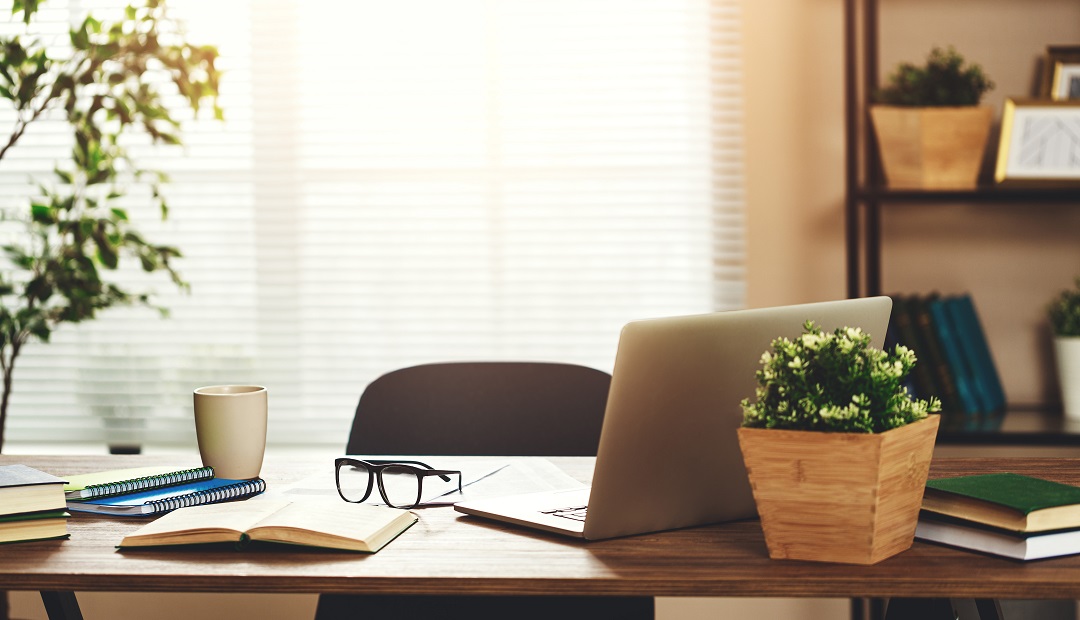How your home office looks can make or break productivity.
Have stacks of documents lying all over the floor? You’ll probably waste time sorting through them just to find what you’re looking for.
Have heaps of stuff that’s waiting for ages to be hidden away or disposed of? You might not notice it right away, but these can serve as huge distractions to work.
Apart from achieving a certain degree of tidiness, there are other ways to design your home office for better productivity. So read on and find out our tips for creating a productive work setup at home.
Separate Home From Work
The first—and perhaps the most important—tip on this list is location. To have an ideal home office setup, you have to choose a location that’s separated from your home. Doing so can not only keep distractions at bay but also let you set a boundary between work and personal life.
If you have a spare room in your home, then it’s time to turn it into an office.
But you don’t need an empty room to make your home office work for you. You can simply find a quiet corner in your home and use it as your workspace.
As long as it’s away from the rest of the household distractions, that corner would definitely be ideal for professional use.
If you don’t have a separate office room, another thing you might want to consider is to get a folding divider and a mobile office desk. That way, you can hide them away and free up space in your living room during your downtime.
Have Enough Storage and a Complete Set of Office Supplies
One of the best ways to recreate an office atmosphere in your home is to get a complete set of office supplies. This will help you finish your work more efficiently and save you trips to your local office supplies store.
Of course, you have to get a filing system and a desk or shelf with enough storage for these supplies and your paperwork. You wouldn’t want to clutter your space with random paperclips and documents here and there, would you? Having a clutter-free workspace will also help you have a clear mind and focus on the job at hand.
Choose Ergonomic Furniture
Ergonomics is an often overlooked feature when it comes to getting desks and chairs and boosting productivity.
Many employees don’t realize that poorly designed furniture results in repetitive strain injuries, which are usually the aches and pains that seem to come out of the blue. Plus, repetitive strain injuries are some of the leading causes of absenteeism, which in turn adversely affects office productivity.
As long as you have a comfortable desk and chair that allow you to work without straining yourself, then you have yourself an ergonomically designed workstation.
Make Your Space Comfortable for Yourself and Others
The last tip is related to the previous one as it involves comfort. Choosing the right office furniture isn’t the only factor in achieving comfort—you also have to make your home office space your own.
If you feel alienated after stepping into your workspace, it might hamper your productivity and discourage you from giving your 100% at work.
So you might want to consider bringing a bit of your personality into your home office space. Whether it’s a picture of your family or a framed quote that says “Live, Laugh, Love,” include that in your space by all means.
It’s also worth considering the fact that you might have clients or colleagues meeting with you during the day. That’s why you must make your office space comfortable for them too.
That isn’t to say you have to prepare a whole conference room in your home. Adding a comfortable chair or two to your workspace would already suffice.


